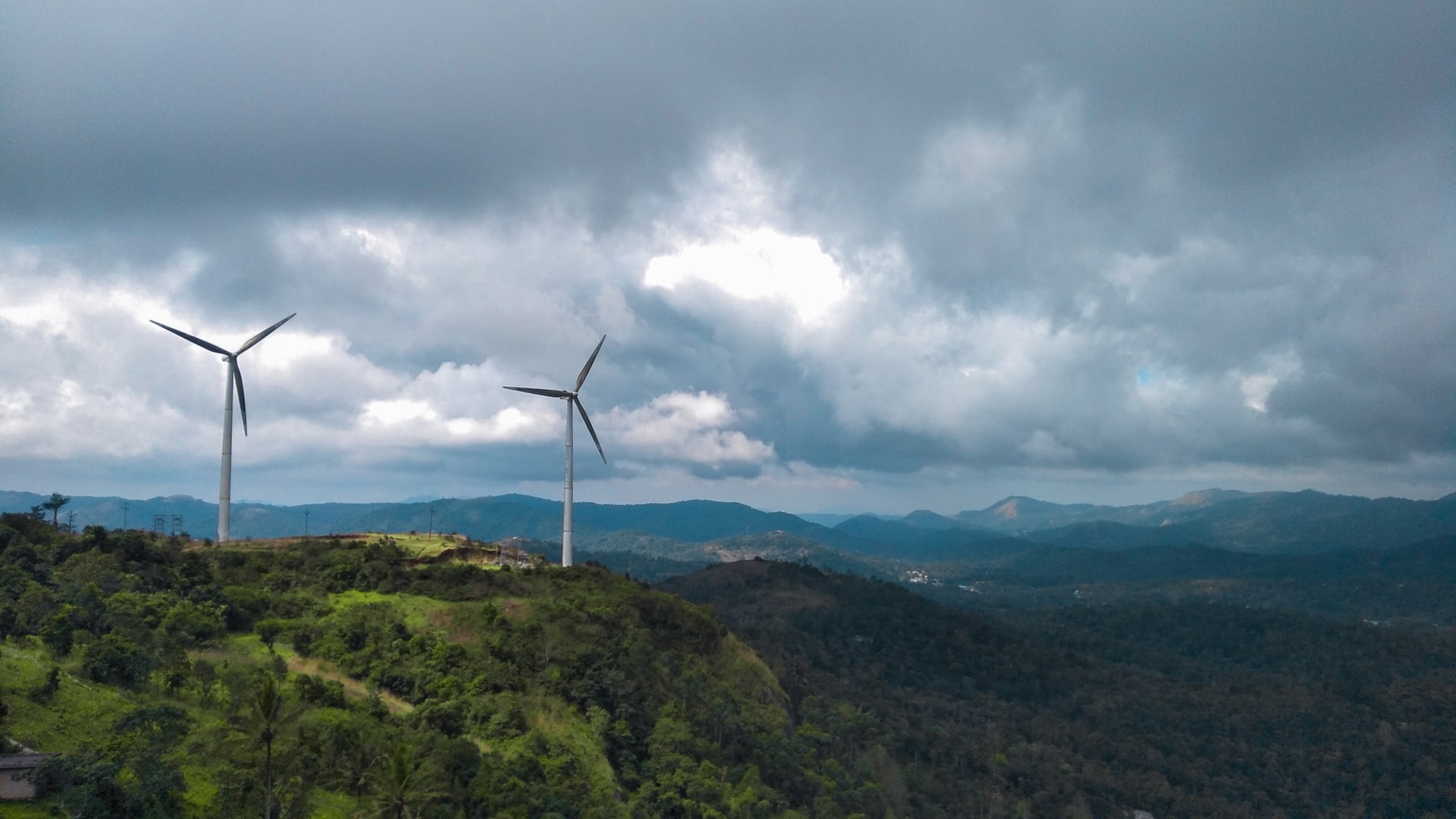Effectively Using Renewable Energy
Renewable energy has been in the spotlight for a long time now. It is cleaner than fossil fuel derived energy, and it is gradually becoming more accepted and commonplace. Energy is key to economic growth and renewable energy lends itself well to supporting economic growth, albeit in a sustainable manner.
Across the developed and developing world, governments are prioritizing renewable energy development. Hydropower, solar and wind have made steady inroads and China, in particular, has shown strong commitment to renewables. It is only fitting that successful examples are emulated. Horasis is conducting its Asia Meeting on 30 November 2020, where the topic of renewable energy will be discussed with stakeholders from different walks of life.
An answer to power supply shortages
In many Asian countries, the lack of sufficient power is a key impediment to industrial growth and socio-economic development. Emerging economies that were earlier more agrarian based are striving to become active participants in the third industrial revolution. In simple terms, this entails a strong focus on manufacturing. Industrialization has been a tried and tested route for rapid economic development. The UK, for instance, was able to deliver lasting growth in the 19th century when steam powered machinery was first commissioned in the manufacturing sector.
In the recent past, China is testimony to the stellar growth achieved on the back of manufacturing and over the past few years, Vietnam is toeing a similar line. In other developing nations too, leaders have encouraged their citizens to undertake manufacturing endeavors. However, the one crucial element—power supply—was often unable to cater to growing energy consumption demands. In a positive turn of events, growth in renewables has helped address this shortfall in power demand.
Economic growth without environmental degradation
Several emerging economies have delivered strong performances. Vietnam and Bangladesh, for example, are both slated to register positive economic growth in the current year when the majority are forecast to witness negative growth rates. While this spells immense benefits for the respective countries, environmental degradation is a huge challenge. It is the elephant in the room that cannot be overlooked.
Coal has been the most preferred source of energy thus far, but change is on the horizon with countries such as the UK and Germany actively looking to completely phase out coal use. Fossil fuel derived energy has been directly associated with depletion of the ozone layer, and therefore, global warming. Continued fossil fuel usage will result in dire consequences. With the majority of the world’s most polluted cities located in South Asia, the case for higher renewable energy adoption cannot be stronger in this region. Governments must effectively use renewable energy for a sustainable and more prosperous future
Hyrdro, wind, and solar
The most common forms of renewable energy sources in emerging economies are hydro, wind and solar. Hydropower has existed for the longest time. India boasts the world’s longest earthen dam that was envisioned as early as 1946. Meanwhile, the Three Gorges Dam in China now holds the title for being the world’s largest dam, producing an astounding 22,500 megawatts of electricity
Solar power is the second most popular kind. Governments, private enterprise and NGOs have ensured its wider uptake, especially in remote areas, where the topography has been a barrier to installation of high-tension power transmission infrastructure. Meanwhile, the Kochi airport in Southern India grabbed the distinction of being the world’s first airport to be entirely solar powered. In fact, its adjacent solar farm generates a surplus, which is then fed to the state electricity grid.
Cambodia bills itself as Asia’s battery
Cambodia has made prudent use of its available natural resources. It constructed hydropower plants on its many rivers and it now counts hydropower as its chief export. Residents enjoy uninterrupted electricity access at inexpensive rates. Nepal too is believed to have enormous hydropower potential which must be tapped into to give its population the opportunities presented by unhindered power supply.
However, such strengths often fall by the wayside on account of latent policymaking. These avenues must be explored in earnest for power supply has the potential to not only assist industrialization but to also alleviate broader socio-economic issues. One key observation is that technology has the ability to deliver benefits on many fronts. With erratic power supply, this strong enabler falls short on its boons.
Government must act
With the pandemic’s onset, governments were left with no option but to direct the bulk of their focus on containing the resulting health and economic crises. Amid the mayhem, progressive ideals such as renewable energy received less than optimal priority but governments must invest time and resources to this sector.
Without clear direction, the renewables revolution may stall in some countries. The reducing costs of renewable energy production are also a benefit and it is imperative that governments take charge and ensure that the commitment to steer away from fossil fuel stays on course. After all, the pandemic has shown us one thing very clearly – that responsible and reduced human activity can have remarkable impacts on the environment. It is time to take this learning and implement it across societies to reap the benefits of a cleaner planet – and a switch to renewable energy is one big step in that direction.
Photo Caption: Windmills in Ramakkalmedu, Kerala, India. Renewable energy adoption is now an imperative for governments. Photo by AKHIL M on Unsplash.



